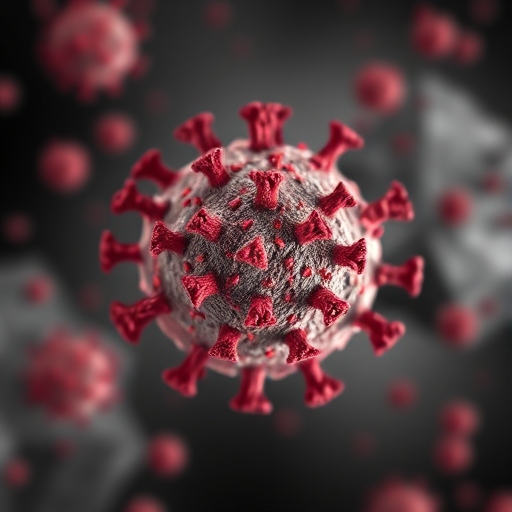Herpes Simplex Virus Type 1 (HSV-1)
Introduction Herpes Simplex Virus Type 1 (HSV-1) is one of the most prevalent viruses in the world. While it is commonly associated with oral herpes, it can also cause genital herpes and more severe complications in certain circumstances. Despite its widespread prevalence, misinformation and stigma surrounding HSV-1 contribute to fear and misunderstanding among those affected. This article explores HSV-1’s characteristics, transmission, symptoms, diagnosis, treatment, and prevention strategies to help demystify this common virus. What is Herpes Simplex Virus Type 1? HSV-1 is a member of the Herpesviridae family, which includes several other herpes viruses. It is classified into two types: HSV-1 is a double-stranded DNA virus that establishes lifelong infection in the host. After initial infection, the virus remains dormant in the sensory nerve ganglia and can reactivate periodically, leading to recurrent outbreaks. History and Epidemiology HSV-1 has been known for centuries, with historical texts suggesting that oral lesions were recognized as early as ancient Greece. Today, HSV-1 is ubiquitous, with an estimated 67% of the global population under 50 infected. While many individuals may carry the virus without symptoms, it poses health risks, particularly in certain populations. Transmission The primary mode of HSV-1 transmission is through direct contact with an infected person’s lesions or saliva. Common routes of transmission include: Infection rates tend to be higher in children, often due to close contact with infected caregivers, but people of all ages are susceptible. Symptoms of HSV-1 Symptoms of HSV-1 can range from mild to severe and may differ between initial and recurrent infections. Key symptoms include: Initial Infection The primary infection usually occurs shortly after transmission and may include: Recurrent Infection After the initial infection, HSV-1 can remain dormant and reactivate later. Recurrent infections may be triggered by factors such as stress, illness, sun exposure, or hormonal changes. Symptoms during a recurrence are typically milder and may include: Complications of HSV-1 While HSV-1 is often characterized as a mild infection, certain complications can arise, especially in immunocompromised individuals or newborns. Severe complications include: Diagnosis Diagnosing HSV-1 typically involves a combination of clinical evaluation and laboratory tests. Key steps include: Treatment Currently, there is no cure for HSV-1, but several treatment options can help manage symptoms, prevent recurrences, and reduce the risk of transmission. Antiviral Medications Antiviral drugs can help shorten the duration and severity of symptoms during an outbreak. Commonly prescribed antiviral medications include: Symptomatic Relief In addition to antiviral treatment, symptomatic relief measures may include: Prevention Preventing HSV-1 transmission revolves around good hygiene, proper education, and awareness of the virus. Key prevention strategies include: Hygiene Practices Safer Practices Patient Education Living with HSV-1 For many individuals, receiving an HSV-1 diagnosis can be distressing. Understanding the nature of the virus, the commonality of its occurrence, and recognizing that people can lead normal lives is essential for coping. Here are some tips for managing the emotional aspects of living with HSV-1: Conclusion Herpes Simplex Virus Type 1 (HSV-1) is a widespread virus that can lead to symptoms ranging from mild cold sores to serious complications in some cases. By understanding HSV-1—its transmission, symptoms, diagnosis, treatment, and prevention—individuals can take proactive steps to manage their health and mitigate the virus’s impact on their lives. Efforts to reduce stigma and promote awareness are essential for fostering a supportive environment where individuals feel comfortable discussing their experiences and seeking help. With proper management and education, those living with HSV-1 can live healthy, fulfilling lives while minimizing the risk of transmission to others.
